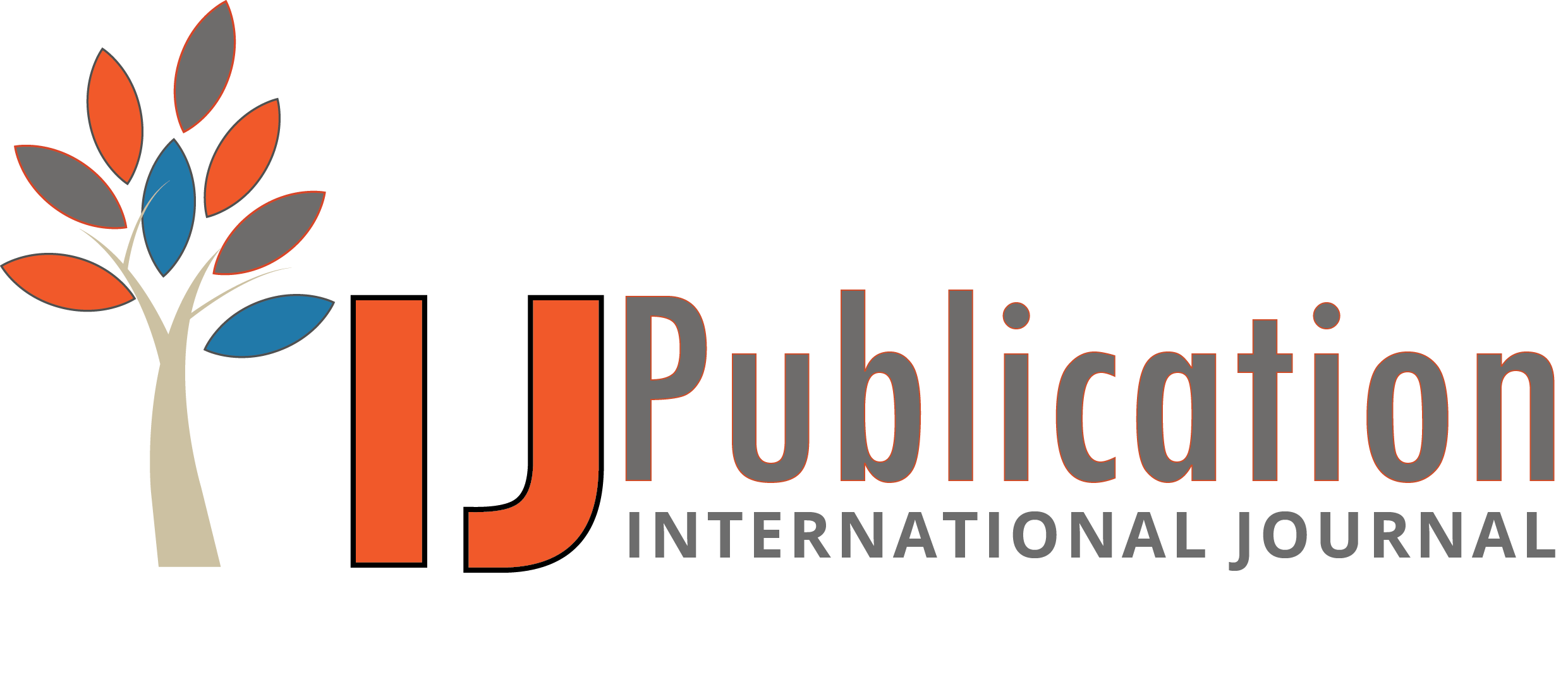Balaji Govindarajan Reviewer
 Approved
Approved
Relevance and Originality:
This research article addresses a critical issue in the field of computer vision: the challenge of object detection in low-light conditions. Given the increasing reliance on real-time applications for surveillance and security, the relevance of this study cannot be overstated. The originality of the paper stems from its focus on the YOLOv8 model, which is a more recent development in the YOLO family of algorithms. By comparing YOLOv8 with earlier versions, particularly YOLOv3, the study adds valuable insights into the advancements in object detection technologies and their practical implications in low-light environments.
Methodology:
The methodology employed in this study is robust, involving the creation of a custom dataset specifically designed for low-light conditions. This tailored approach allows for a more accurate evaluation of the YOLOv8 model's capabilities. The training and evaluation processes are clearly outlined, providing transparency in how the model was developed. However, more details on the dataset characteristics, such as the number of images, types of objects included, and any preprocessing steps taken, would enhance the reproducibility of the study. Additionally, information on the evaluation metrics used to assess model performance could provide a clearer picture of its effectiveness.
Validity & Reliability:
The validity of the study is supported by the comprehensive evaluation of YOLOv8's performance against previous models, demonstrating its superiority in low-light detection scenarios. The use of a custom video feed for real-time performance analysis further strengthens the findings. However, for increased reliability, it would be beneficial to include a discussion on potential limitations of the model, such as its performance in varying degrees of low light or its behavior with different types of objects. Including comparative statistics, such as confidence intervals or standard deviations, could also bolster the reliability of the results presented.
Clarity and Structure:
The article is generally well-structured, with a clear progression from the introduction of the problem to the presentation of findings. The writing is coherent, making it accessible to readers familiar with the topic. However, certain sections could benefit from more concise wording to enhance clarity. For instance, simplifying complex sentences or breaking down technical jargon into more digestible explanations would aid comprehension for a broader audience. Additionally, the inclusion of visual aids such as diagrams or flowcharts could enhance the reader's understanding of the methodology and results.
Result Analysis:
The result analysis effectively highlights the performance improvements achieved with the YOLOv8 model in low-light conditions. The comparative performance data against YOLOv3, particularly in terms of speed and accuracy, is compelling and underscores the advancements made. However, providing more detailed quantitative results, such as precision-recall curves or confusion matrices, would give readers a deeper insight into the model's strengths and weaknesses. Moreover, discussing practical implications of these findings for real-world applications, such as potential deployment scenarios or limitations in operational settings, would enhance the overall impact of the research. Overall, the paper presents a promising advancement in the realm of real-time object detection under challenging conditions.












Balaji Govindarajan Reviewer